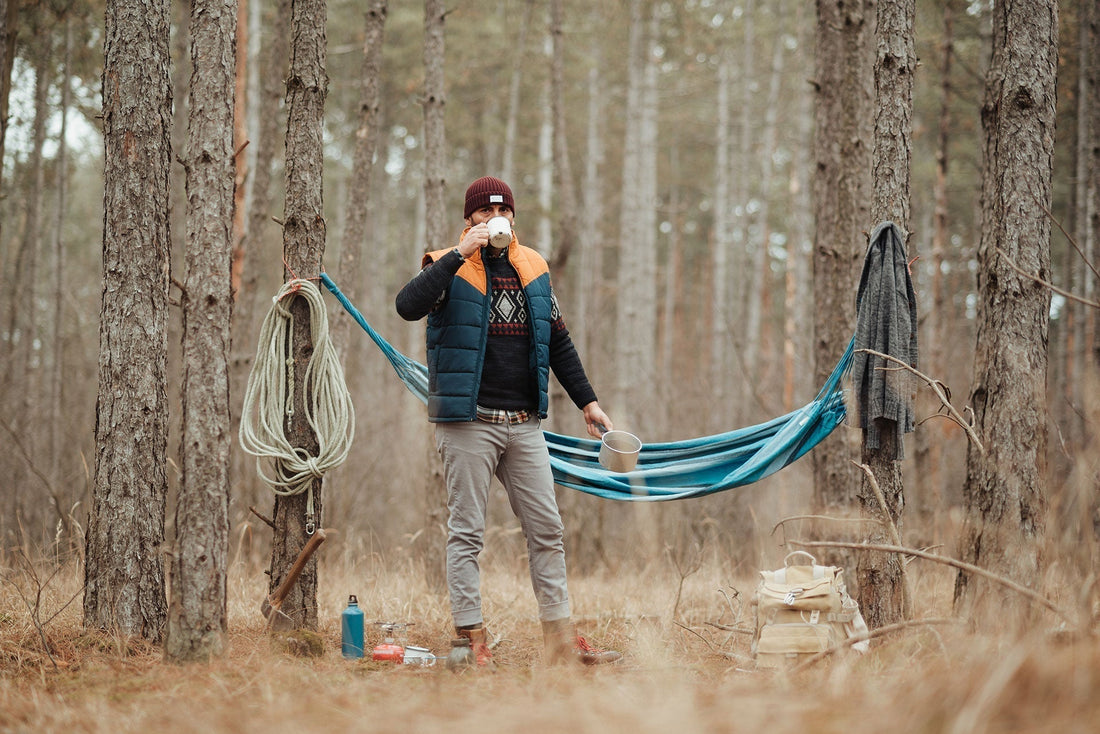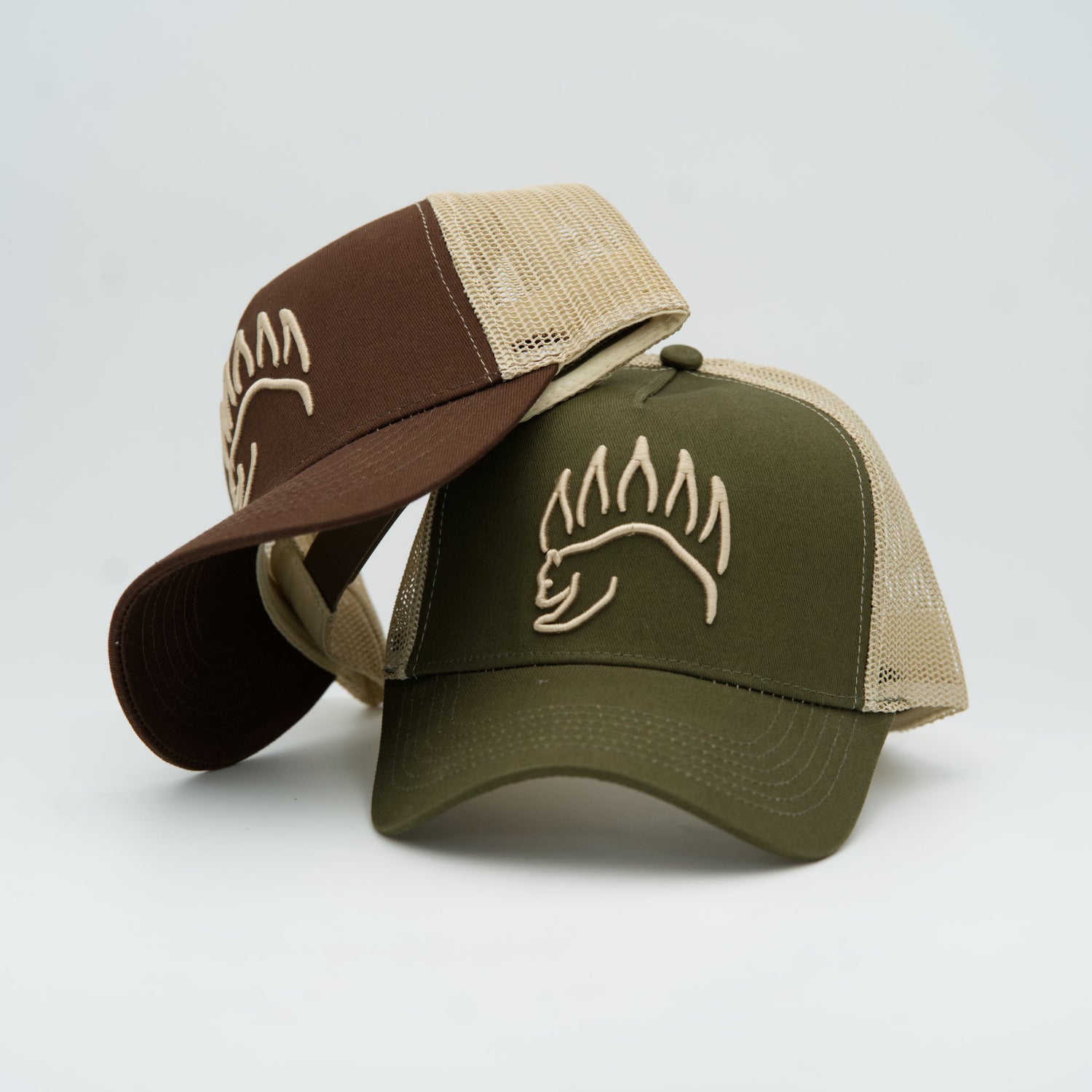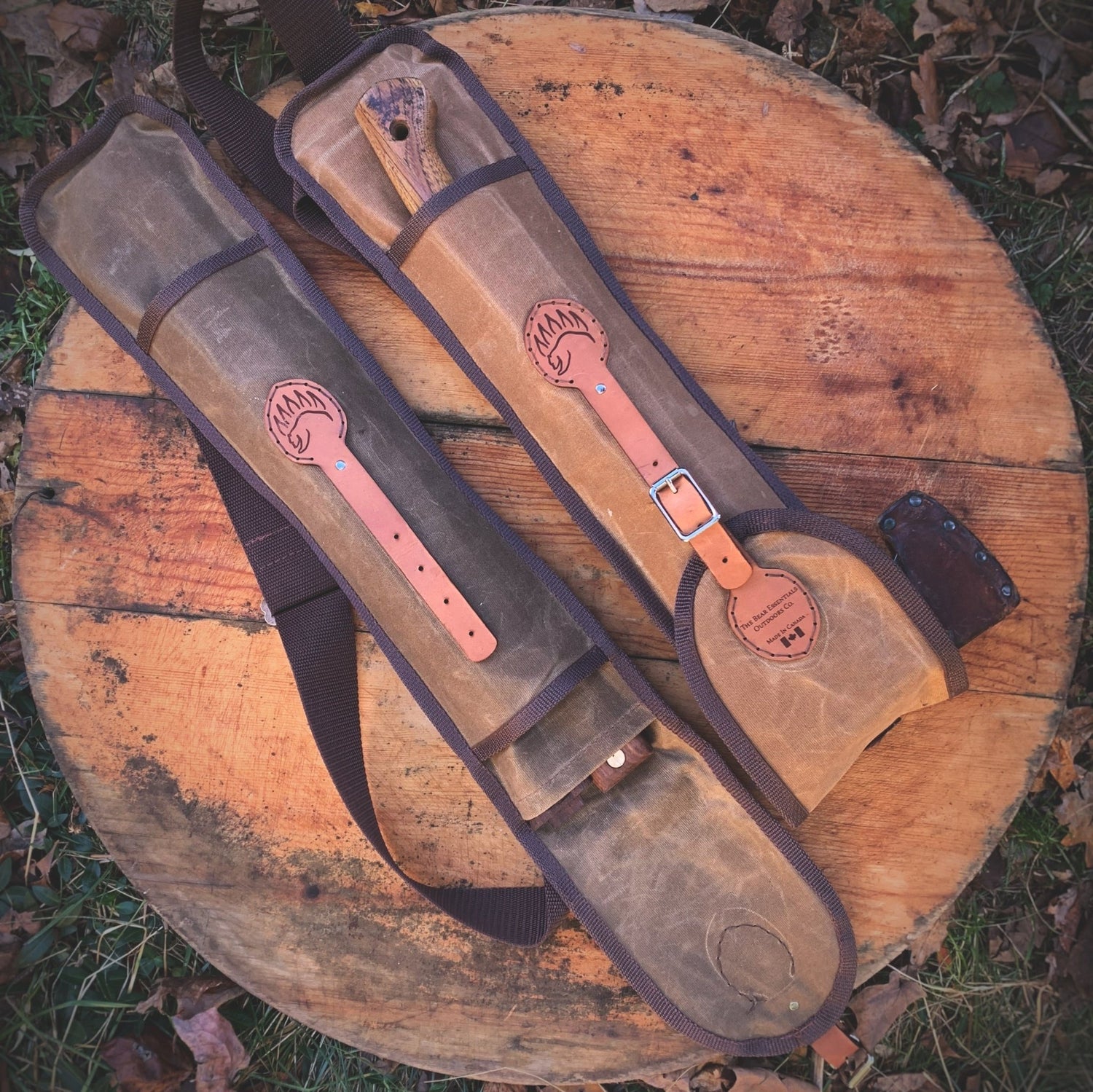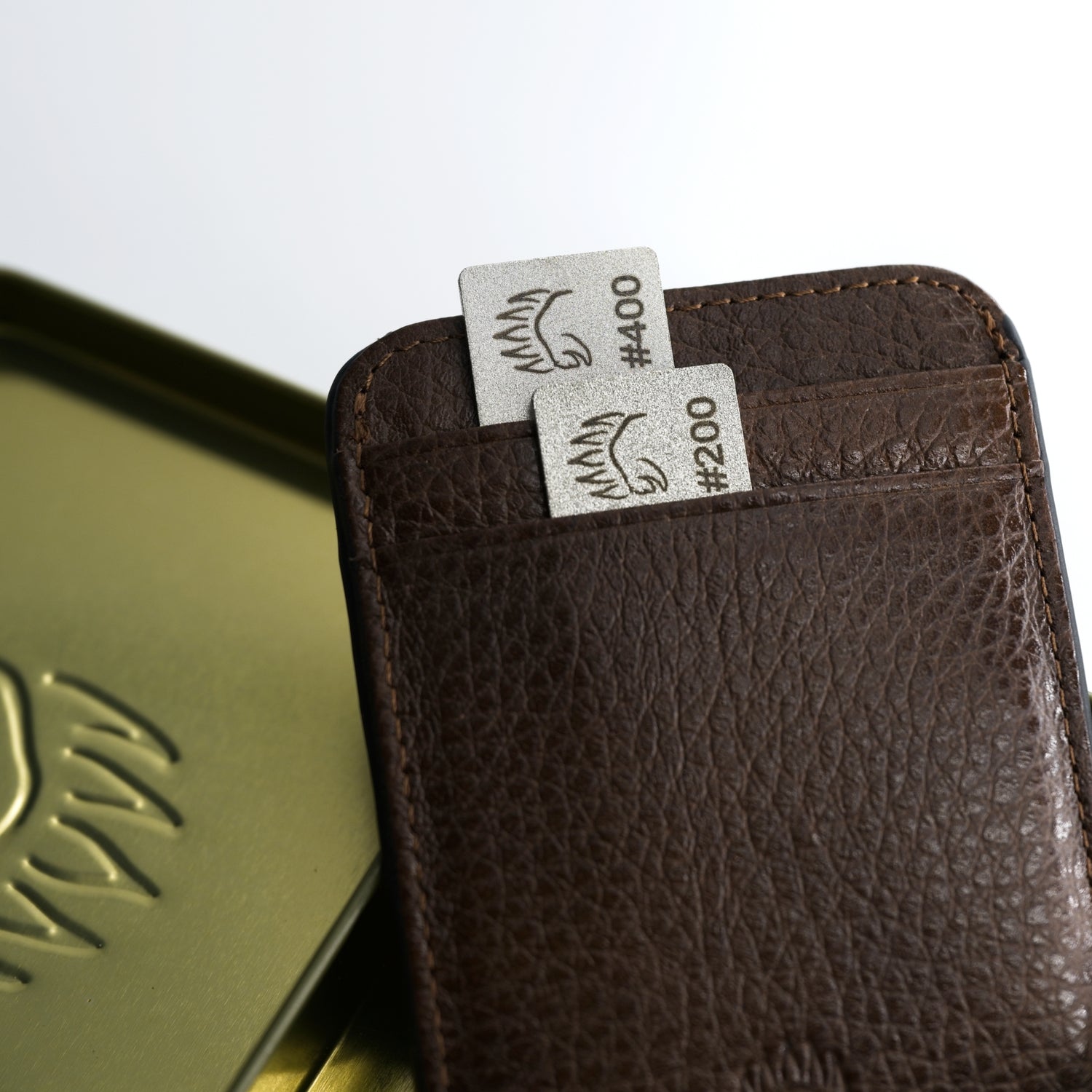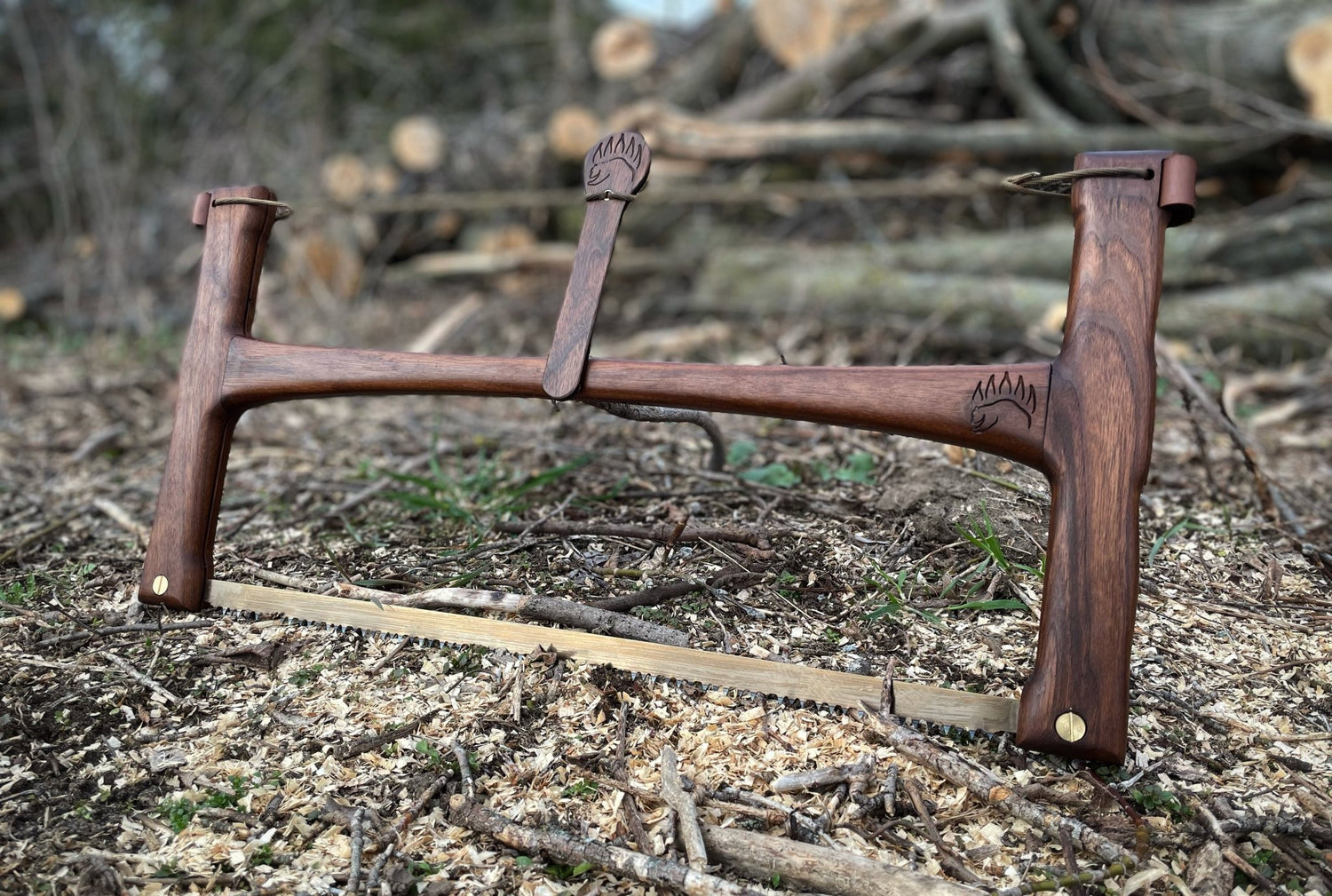If you’ve ever stood between two trees with a camping hammock in your hands thinking, “Okay… now what?”, this is for you. The right hammock knot turns two trunks into a bed in minutes. The wrong one turns bedtime into a rodeo. In this knot tying guide, I’ll show you the small shortlist that actually earns its keep for hammock camping—how each knot works, when to use it, and how to avoid the gotchas that make people swear off knots and run to hardware.
We’ll cover the bowline knot, the taut line hitch (a.k.a. taut line hitch knot), the quick-release becket hitch, the tree-friendly girth hitch, the marlinspike hitch with whoopie sling, and the underrated round turn and two half hitches. You don’t need to memorize a textbook—just master a few moves and you’re golden.

Quick Tips for Setting Up a Hammock Knot
- Tree first, gear second. Use wide hammock straps (2″–3″) and keep them flat. Bark is your friend; don’t saw through it with thin cord.
- Start high, land right. Clip a bit higher than you think; a camping hammock is easier to lower than to raise once loaded.
- The “smile” rule. Aim for a ~30° hang angle. A flat hang feels tight and creeps all night.
- Ridgeline = consistency. A fixed ridgeline (~83% of hammock length) gives you the same sag even when trees are farther apart.
-
Friction changes everything. Slick cords (UHMWPE/Dyneema/Amsteel) behave differently than polyester/nylon. Some knots love grip; some don’t care.
Hammock Camping Knots by Goal
- Bomb-proof and simple: Bowline knot to a carabiner or ring.
- Hardware-free strap ↔ loop: Becket hitch (bonus I’ll mention even if you stick to the list).
- Micro-adjustment on grippy cord: Taut line hitch.
- Fastest teardown: Becket hitch (slipped).
- Wrap the tree in 5 seconds: Girth hitch (a.k.a. lark’s head).
- Ultralight with wide adjust range: Marlinspike hitch + whoopie sling.
- Tie cleanly to rings/posts/eyelets: Round turn and two half hitches.
1) Bowline Knot — The Fixed Loop You Can Trust
What it is: A classic loop that doesn’t slip when loaded and is easy to inspect in bad light.
Why it earns a spot in your hammock knot kit: The bowline knot is predictable, even when your hands are cold or you’re wearing gloves. For hammock camping, it shines as a fixed end that clips quickly to a carabiner on your strap. Pair it with adjustability on the other end and you’ve got a system that feels like cheating.
How I use it (real world):
- Tie a bowline in your suspension line or dogbone.
- Clip the loop to a carabiner that lives on your tree strap.
-
Do your fine-tuning on the opposite end (strap buckle, taut line hitch, or whoopie sling).
How to tie (fast version): Make a small loop (the “rabbit hole”), pass the working end up through the loop (rabbit out), around the standing part (around the tree), and back down through the loop (into the hole). Dress neat. On super slick cord, add a half-hitch as a backup.

Learn more about the Bowline Knot in our knot tying tutorials blog.
Pro tips:
- Try the Yosemite finish for a tidy tail that resists rolling.
- Keep the loop just big enough for the carabiner—oversize loops are clumsy.
-
Inspect: the bowline has a distinctive “P-shaped” collar; if you don’t see it, re-tie.
When not to use: When you need on-the-fly length change at the same knot. The bowline is fixed by design.
2) Taut Line Hitch Knot — Your Adjustable “Dial”
What it is: An adjustable friction hitch that slides when unweighted and bites when loaded.
Why it earns a spot: When your cord has enough grip (poly/nylon), the taut line hitch lets you micro-tune height and sag without retying. It’s the Swiss-army move of campsite tweaks—great on ridgelines and guylines and, with the right cord, on a suspension that needs a tiny nudge.
Where it shines in hammock camping:
- Fine-tuning a structural ridgeline (that keeps hammock sag consistent).
- Last-inch adjustments when one tree is just a little farther.
-
Reusing the same muscle memory on tarp guylines above your camping hammock.
How to tie (memory cue): Two tidy coils toward the load, one coil away from the load. Slide to adjust, load to lock, re-dress if it slips.

Learn more about the Taut Line Hitch in our knot tying tutorials blog.
Caveat you should tattoo on your brain: This hitch needs friction. On slick UHMWPE/Dyneema/Amsteel, the taut line hitch knot will creep. If your cord is “icy,” move adjustability to your straps, switch to a whoopie sling, or use a prusik on a different (grippy) ridgeline cord.
Pro tips:
- Keep the coils compact and side-by-side—sloppy coils cause slippage.
- Test low before you sit fully.
-
In rain or frost, re-check tension after ten minutes; materials settle.
3) The Becket Hitch (Slipped) for Rapid Teardown
What it is: Very similar to a sheet bend that’s slipped. It’s tied to a closed loop, or through a continuous loop webbing.
Why it earns a spot: Sometimes speed matters more than anything. The becket hitch ties and unties in seconds and the hitch itself is a favourite amongst hammock campers. Morning pack-ups are faster, and if you teach kids, the single-pull release is a crowd-pleaser.
Note you don’t have to tie the quick release portion if you don’t want. You can use a simple becket hitch which is simple and easy enough to undo as well.
How to tie (flow): Go through your fixed loop, wrap around the backside, then cross under itself, with or without a bight (Bight for slipped version)
Use it for:
- Backyard hangs and day-lounges.
- Demo setups where you’re moving often.
-
Cold mornings when dexterity is gone.
Cautions:
-
Some people like to tie a safety knot onto your main line if you're uncomfortable with the becket.
4) Girth Hitch (Lark’s Head) — Tree Strap in Five Seconds
What it is: The simplest, most bark-friendly way to put your strap on a tree.
Why it earns a spot: Every hammock hang starts with wrapping a strap around a trunk. The girth hitch (a.k.a. lark’s head) is fast, distributes load across the strap, and avoids metal digging into bark.
How to tie: Wrap the strap flat around the trunk, pass the tag end through the sewn loop, and snug it. That’s it. On skinny or slick trees, take an extra wrap before the hitch for more bite.
Learn more about the Girth Hitch in our knot tying tutorials blog.
Pro tips:
- Keep the strap perfectly flat—no twists. Twists create pressure ridges that damage bark and slip.
-
Place the strap slightly above your final hammock height; once you sit, it’ll settle.
5) Marlinspike Hitch + Whoopie Sling — Ultralight With Infinite Adjust
What it is (two-part system):
- A marlinspike hitch in your tree strap creates a toggle point.
-
A whoopie sling (adjustable looped line, often Amsteel) hooks over the knot’s shoulder—not the toggle itself.
Why it earns a spot: This combo rules for ultralight hammock camping. The whoopie gives massive adjustability without buckles; the marlinspike hitch puts that adjust where you want it on the strap.
The rule you must never break: Hang on the knot, not the toggle. The toggle (aluminum, carabiner, or sturdy stick) just holds the hitch open. Load the knot’s shoulder every time.
How to tie (strap side): Make a loop in the strap, twist to form a figure-8, fold one loop over to create a pocket, insert the toggle. That’s your marlinspike hitch. Place the whoopie sling’s loop over the knot shoulder. Weight gently to set, then slide the whoopie’s bury to fine-tune.
Pro tips:
- Field toggles are fine—just pick a hard, non-punky stick.
- Mark your whoopie “sweet spots” with a Sharpie for repeatable hangs.
-
In freezing rain, keep the bury clean; ice in the fibers reduces grip.
When not to use: If you’re forgetful about the “on the knot” rule or you prefer one integrated strap system with cinch buckles.
6) Round Turn and Two Half Hitches — The Clean Connector to Hardware
What it is: A friction-first wrap (the round turn) followed by two locking half hitches.
Why it earns a spot: This is my go-to when tying off to hardware—rings, posts, eyelets—or when I want a clean exit that resists creep better than a single hitch. In wet cold, it also tends to unfasten with less drama than knots that jam hard.
How to tie: Take a full wrap (the round turn) around the anchor, tie one half hitch on the standing part, snug it, then a second half hitch right beside it. Dress everything neatly.

Learn more about the Round Turn and Two Half Hitches in our knot tying tutorials blog.
Good places to use it:
- Porch posts, cabin rails, and backyard stands.
- Mixed systems that blend straps and rings.
- Temporary camp hardware where you want belt-and-suspenders security.
Hammock Knot Materials Matter
Knots are a conversation between shape and friction.
- UHMWPE/Dyneema/Amsteel (very slick): Wild strength-to-weight, lousy friction. Expect the taut line hitch to creep. Solutions: fixed loops (bowline), whoopie sling, prusik on a separate grippy cord, or hardware.
- Polyester webbing/cord (mid-grip): The happy middle. Most hitches perform if dressed neatly.
-
Nylon (stretchy): Friendly to hitches, but stretch is real. Re-check after you first sit, after temp drops, and after it rains.
Rule of thumb: The slicker the rope, the more you lean on fixed loops, full wraps, and dedicated systems (whoopies, buckles). The grippier the cord, the more you can get away with a taut line hitch knot and similar friction hitches.
Choose the Right Hammock Knot For Your Adventure
Backyard test day
- Tree strap: Girth hitch.
-
Suspension: Bowline knot to carabiner on one end, becket hitch on the other so I can pack down in two seconds.
Car-camping weekend
- Tree strap: Girth hitch.
- Suspension: Whoopies with marlinspike hitch because I know I’ll change height after dinner (camp kitchen, tent view, fire glow—priorities).
-
Ridgeline: Taut line hitch on polyester cord so my bug net isn’t in my face.
Backcountry storm night
- Tree strap: Girth hitch with an extra wrap on slick bark.
- Suspension: Bowline to carabiner on one side, whoopie + marlinspike hitch on the other for rapid, precise adjustment under the tarp.
-
Tarp: Taut lines and prusiks—separate from my hammock suspension so rain adjustments don’t mess with bed time.
Cold morning, numb fingers
-
Hammock knot everywhere I can get away with it. Pull, drop, pack. Coffee.
Solve Your Hammock Camping Problems For Good
“My hammock sags every time I sit.”
- Check your hang angle—too flat and everything creeps.
-
If a taut line hitch is slipping, your cord is too slick; add a wrap, switch to grippy cord, or move adjustability to whoopie sling or strap hardware.
“The strap keeps sliding down the tree.”
- Add an extra wrap before the girth hitch.
- Choose a rougher section of bark or perch just above a small nub.
-
Make sure the strap is wide and perfectly flat.
“I can’t untie this in the morning.”
- Dress knots neatly when you tie them.
- Use a slipped finish where appropriate (hello, becket hitch).
-
For welded hitches, slide a toggle under the bight to pry without cutting.
“I forgot my toggle.”
- Use a spare carabiner or a sturdy stick (no rotten wood).
-
Repeat after me: on the knot, not the toggle.
Step-By-Step Lessons For Setting Up Your Camping Hammock
Bowline Knot (Fixed Loop)
- Make a small loop in the standing part (rabbit hole).
- Working end up through the loop (rabbit out).
- Around the standing part (around the tree).
- Back down through the loop (into the hole).
-
Dress and snug; optional half-hitch backup on slick cord.
Good with: Carabiners, rings, soft shackles.
Taut Line Hitch (Adjustable on Grippy Cord)
- Wrap the working end twice around the standing part on the load side.
- Add one wrap on the opposite side.
-
Slide to adjust; load to lock; re-dress if needed.
Good with: Ridgelines, non-UHMWPE cord.
Becket Hitch (Slipped)
- Wrap for the first half hitch; wrap again right beside it.
- Instead of feeding the tail through, pull a bight.
-
Snug. To release, pull the free end of the bight.
Good with: Quick hangs, cold mornings, demos.
Girth Hitch (Lark’s Head) — Strap to Tree
- Wrap strap flat around the trunk.
- Pass tag end through the sewn loop.
-
Snug. Add a pre-wrap for extra grip if needed.
Good with: Every hang you’ll ever do.
Marlinspike Hitch + Whoopie Sling
- In the strap, form a loop and twist to make a figure-8.
- Fold one loop over to create a pocket; insert a toggle.
- Place the whoopie sling loop over the knot’s shoulder (not the toggle).
-
Weight to set; adjust by sliding the whoopie bury.
Good with: Ultralight kits, big adjust range.
Round Turn and Two Half Hitches — To Hardware/Rings
- Take a full round turn around the anchor for friction.
- Tie one half hitch on the standing part; snug.
-
Tie a second half hitch beside it; dress clean.
Good with: Rings, posts, eyelets, porch rails.
Decide Which Hammock Knot to Use Right Away
- Hate hardware? Becket (strap ↔ loop) or marlinspike + whoopie.
- Already carrying carabiners? Bowline knot to biner one side; adjust the other with taut line hitch (if cord allows) or strap buckle.
- Using slick Dyneema/Amsteel? Skip the taut line hitch knot; use whoopies or fixed loops.
- Need one-pull teardown? Becket hitch
-
Tying to small hardware/eyelets? Round turn and two half hitches.
Frequently Asked Questions (FAQ)
What’s the single best hammock knot for beginners?
Start with the bowline knot clipped to your strap’s carabiner. It’s easy to learn, easy to check, and pairs well with an adjustable counterpart.
Can I skip straps and use rope around trees?
You can, but don’t. Use wide straps to protect bark and comply with park rules. If you must use rope, add bark guards and keep it wide—but straps are the standard for hammock camping.
Why does my taut line hitch keep slipping?
Your cord is too slick. Add a wrap, use a grippy cord for the hitch, or move adjustability to a whoopie sling or buckle.
Is the marlinspike hitch safe?
Yes—when loaded correctly. The sling sits on the knot shoulder, not the toggle. The toggle is just a spacer.
What Actually Works For Hammock Knot Tying: Fewer Knots, Better Hangs
You don’t need a dozen tricks—just a dependable trio and two backups. My everyday lineup:
- Bowline knot for a fixed, trustworthy connection.
- Taut line hitch where cord friction allows micro-adjustments.
- Marlinspike hitch + whoopie sling for ultralight range and precision.
- Keep a becket hitch in the back of your mind for fast setups and tear-downs.
-
Learn round turn and two half hitches for clean ties to hardware.
Practice each knot five times at waist height, eyes closed if you’re brave. Record one clean run on your phone. By your second weekend, your hands will do the work while your brain looks for the best view.

